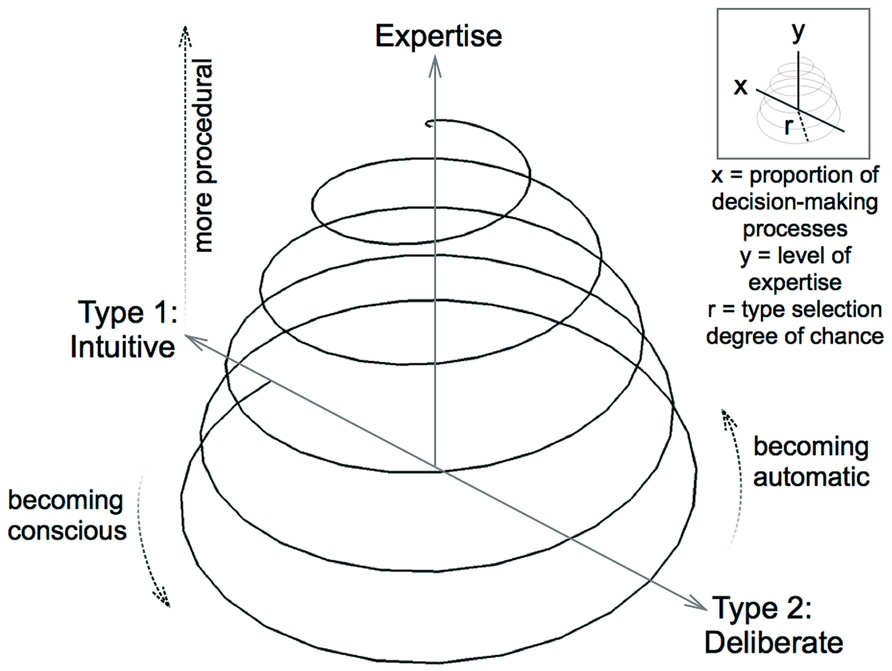The pulsing beat of music, the calculated steps across a wooden floor – whether you’re mastering a dance routine or strategizing your next move at Flight Legends, timing is everything. Yet beneath the surface, these two activities share surprising parallels that can transform your approach to both. Professional dancers and seasoned gamblers both understand something fundamental: success isn’t just about luck or natural talent, but about rhythm, timing, body awareness, and mental discipline.
The Science of Rhythm and Decision-Making

Neuroscientists have discovered that rhythmic activities like dancing create unique patterns in the brain that enhance cognitive function. When we move to music, our brains synchronize multiple regions simultaneously—the motor cortex coordinates movement, the auditory cortex processes rhythm, and the prefrontal cortex manages timing and decision-making. This neural synchronization doesn’t just disappear when the music stops; it creates lasting improvements in pattern recognition, timing, and decision-making under pressure.
In gambling, these same skills prove invaluable. Whether you’re reading the rhythm of a poker table, timing your bets in blackjack, or recognizing patterns in market movements during sports betting, the enhanced neural pathways developed through dance can give you a significant edge.
Reading the Room: Social Awareness Transfers

Professional dancers excel at reading their environment—sensing the mood of an audience, anticipating their partner’s next move, and adapting their performance in real-time. This heightened social awareness translates directly to gambling environments, where success often depends on reading opponents, understanding table dynamics, and recognizing when the energy shifts.
A dancer who can feel when the crowd is ready for a dramatic flourish develops the same intuitive sense that helps a poker player recognize when opponents are bluffing or when it’s time to make a bold move. Both skills require acute awareness of subtle social cues, breathing patterns, and micro-expressions that others might miss.
Body Language as Information
Dance teaches you to communicate and interpret meaning through physical expression. Every gesture, posture shift, and movement carries information. In gambling contexts, this translates to an enhanced ability to read “tells”—those unconscious physical behaviors that reveal an opponent’s mental state or hand strength.
Dancers naturally develop an awareness of their own body language as well, learning to control their physical expressions with precision. This self-awareness becomes crucial in poker, where maintaining a consistent demeanor regardless of your cards can mean the difference between winning and losing significant sums.
Timing and Patience: The Rhythm of Opportunity
Perhaps nowhere is the connection between dance and gambling more apparent than in the concept of timing. Dancers understand that not every beat deserves emphasis—sometimes the most powerful moves come from waiting for the perfect moment. This translates to gambling as the ability to fold weak hands patiently while waiting for premium opportunities.
The internal metronome that dancers develop—that innate sense of when to move and when to pause—mirrors the timing instincts of successful gamblers who know when to press their advantage and when to step back. Both activities reward those who can feel the natural ebb and flow of opportunity.
Emotional Regulation Through Movement
Dance provides a unique form of emotional regulation through physical expression. The combination of movement, music, and controlled breathing creates a meditative state that helps dancers manage performance anxiety and maintain focus under pressure. These same techniques can be invaluable in high-stakes gambling situations.
When facing a significant bet or difficult decision at the gaming table, the breathing techniques and body awareness developed through dance can help maintain emotional equilibrium. The ability to stay physically relaxed while mentally alert—a core dancing skill—prevents the tension and anxiety that lead to poor gambling decisions.
Pattern Recognition in Motion
Dance choreography involves memorizing and executing complex sequences of movements, often while adapting to variations in music or partner responses. This develops sophisticated pattern recognition abilities that extend far beyond the dance floor.
In gambling, pattern recognition manifests as the ability to identify betting patterns, recognize statistical trends, and spot opportunities that others miss. The mental flexibility required to adapt choreography on the fly mirrors the adaptability needed to adjust gambling strategies based on changing circumstances.
The Discipline of Practice
Both dancing and successful gambling require disciplined practice and continuous learning. Dancers spend countless hours perfecting their craft, analyzing their performances, and working to eliminate weaknesses. This same dedication to improvement, when applied to gambling, separates recreational players from serious professionals.
The dancer’s approach to practice—breaking down complex movements into smaller components, drilling fundamentals, and gradually building complexity—provides an excellent framework for developing gambling skills. Whether studying poker theory, practicing card counting techniques, or analyzing past betting decisions, the disciplined approach dancers take to improvement pays dividends at the gaming table.
Practical Applications
For the Poker Table:
- Use breathing techniques from dance to maintain calm during high-pressure hands
- Apply your ability to read body language to identify opponent tells
- Trust your timing instincts when deciding whether to bet, call, or fold
For Blackjack:
- Leverage your pattern recognition skills to improve card counting abilities
- Use your sense of rhythm to maintain consistent betting patterns
- Apply emotional regulation techniques to avoid tilt after losses
For Sports Betting:
- Use your ability to read crowd energy and momentum to identify value bets
- Apply pattern recognition to identify trends in team performance
- Trust your timing instincts when placing live bets during games
Finding Your Gambling Rhythm
The key to applying dance principles to gambling lies in recognizing that both activities are fundamentally about finding and maintaining your optimal rhythm. Just as dancers perform best when they’re “in the zone”—that flow state where movement becomes effortless and intuitive—gamblers achieve their best results when they’re operating in their natural rhythm of decision-making and risk assessment.
This doesn’t mean gambling recklessly or ignoring mathematical principles. Instead, it means developing the self-awareness to recognize when you’re in your optimal state for making decisions and when you might need to step back and regroup.
The Bottom Line
While dancing won’t turn you into a professional gambler overnight, the skills developed on the dance floor—timing, pattern recognition, emotional regulation, social awareness, and disciplined practice—create a foundation for more thoughtful and successful gambling. The next time you’re facing a difficult decision at the gaming table, remember the lessons from the dance floor: trust your timing, read the room, stay in rhythm with your emotions, and never forget that the most powerful moves often come from knowing when not to move at all.
Whether you’re spinning across a ballroom floor or calculating odds at a casino table, success comes from the same fundamental principles: preparation, awareness, timing, and the wisdom to know when to lead and when to follow the rhythm of opportunity.
